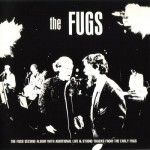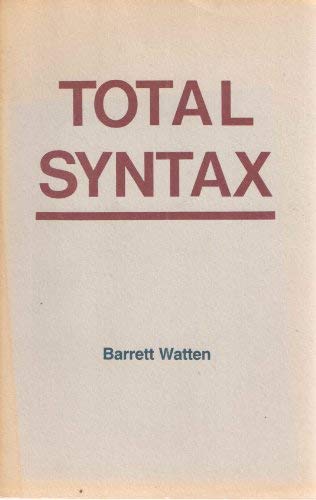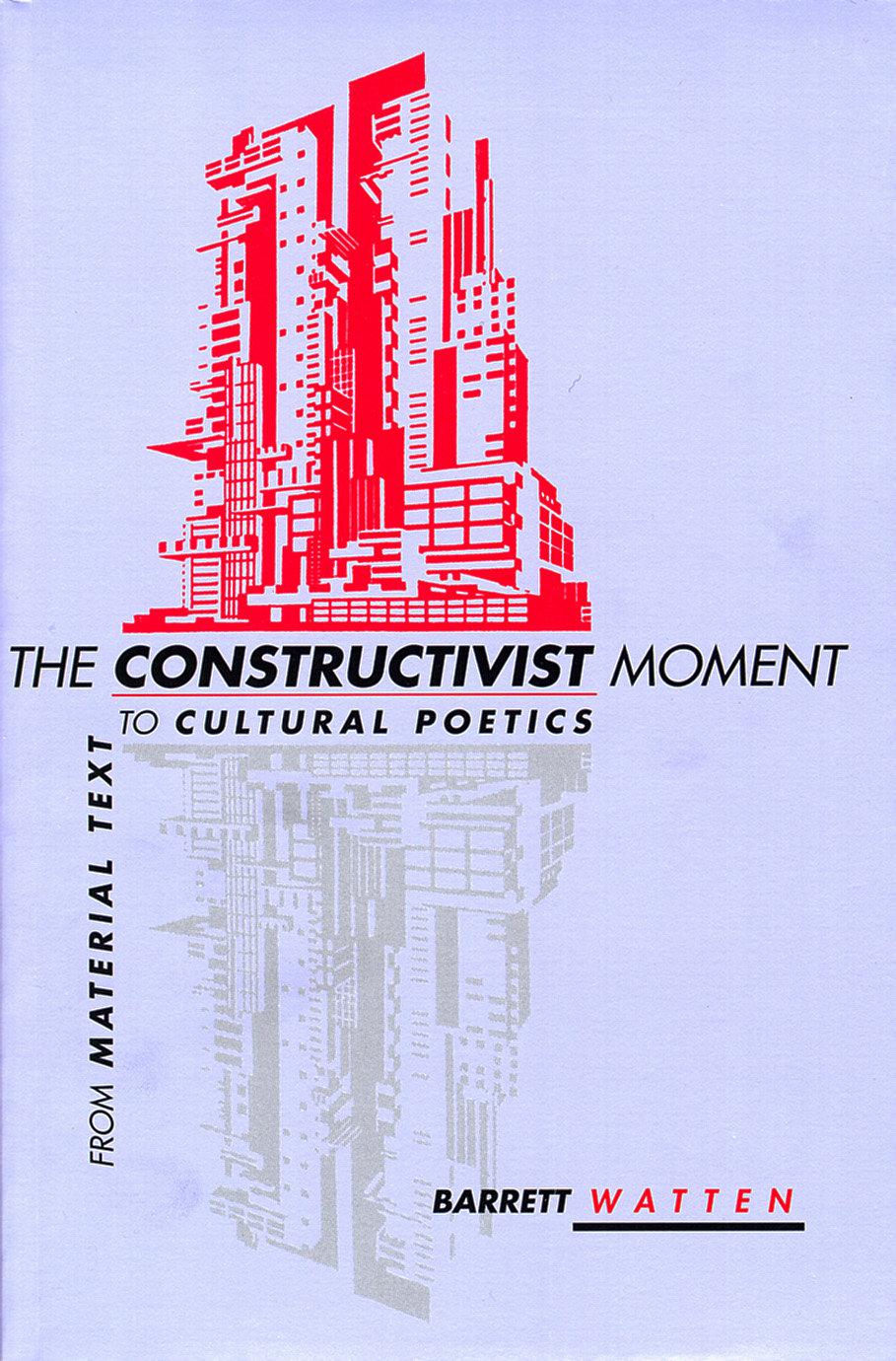from Frame
Multicolored piles of gravel on black asphalt
behind rows of aluminum sheds.
We put frames around anything we wish.
In one version, wild dogs go for each other’s
throats (they assume the optimal to exist).
Unoccupied territory between opposing sides.
Matter of interest unfolds as a story.
Conflicts put on the table for debate.
—Frame: 1971–1990, 260
The parergon stands out [se détache] both from the ergon [the work] and from the milieu, it stands out first like a figure on a ground. But it does not stand out in the same way as the work. The latter also stands out against a ground. But the parergonal frame stands out against two grounds [fonds], but with respect to each of those two grounds, it merges [se fond] into the other. With respect to the work which can serve as a ground for it, it merges into the wall [on which the painting is hung], and then, gradually, into the general text. … More













